We finished the manuscript of our new edition last week and Scribner has accepted it. They’re so efficient, it’s already available for purchase on Amazon: Perfect Health Diet: Regain Health and Lose Weight by Eating the Way You Were Meant to Eat. Check out the picture of the cover!
There’s still a bit of work to do – figures, reader stories, and final edits will occupy us through Aug 21 – but the hard work is behind us.
Some have asked whether they should buy the current edition or wait for the new one. The new Scribner edition is the better book: it has everything of value from the original edition, plus new material, and the advice is updated. So if you’re not in a hurry, I suggest waiting. (If you are in a hurry, I suggest buying both!)
We have many people to thank for contributions to the book.
We’re grateful to Mark Sisson for contributing a terrific foreword to the book.
We’re grateful to several scholars for providing data in support of figures in the book:
- Stephan Guyenet provided data for the increasing abundance of omega-6 fats in Americans’ adipose tissue.
- Steve Simpson of the University of Sydney, Australia, provided data relating appetite to protein intake, which helpfully illustrated our “nutrient hunger hypothesis of obesity.”
- Tony Hulbert of the University of Wollongong, Australia, provided us with data relating peroxidation index of mitochondrial membranes to lifespan in mammals and birds, which was helpful to our discussion of the dangers of polyunsaturated fats.
Above all, we’re grateful to all readers who signed permission forms allowing us to use their stories. The reader stories are a powerful and valuable part of the book. Thank you!
I’ll be contacting a few more readers over the next few days asking for permission to use your stories in the book. Please consider giving us your permission. Also – Jay Wright (Jaybird), if you read this, please send me an email.
I will resume blogging, starting with updates to our supplement recommendations, as soon as possible. It’s good to be back!









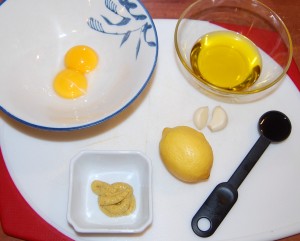
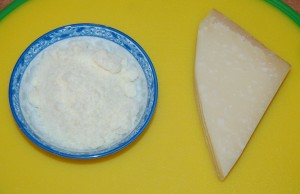
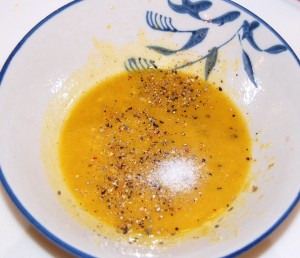
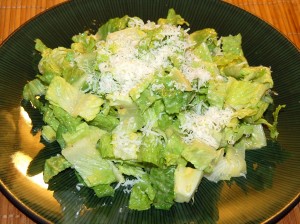
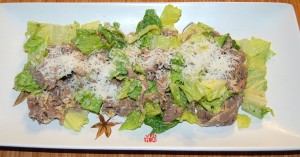
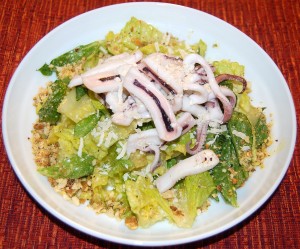




Recent Comments